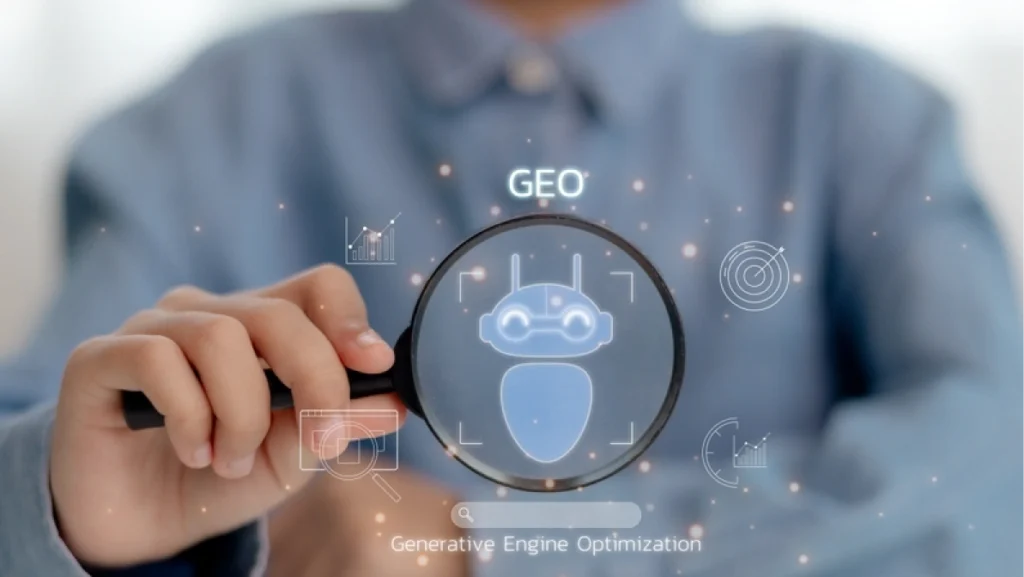As AI-driven search tools like ChatGPT, Google SGE, and Bing Copilot redefine how people search online, a new approach to SEO is emerging—Generative Engine Optimization (GEO).
Unlike traditional SEO that focuses solely on keywords and backlinks, GEO is all about making your content visible and valuable within AI-generated answers.
If you want your brand or content to appear in these conversational results, you’ll need to shift your strategy to see how these engines understand, summarize, and cite information. Let’s break down what GEO is and how you can use it to future-proof your online visibility.
What Is GEO?
Generative Engine Optimization (GEO) is a new content strategy focused on improving your visibility in AI-generated search results. As AI tools like ChatGPT, Google SGE, and Bing Copilot become more integrated into how users seek answers online, GEO helps ensure your content is structured, sourced, and informative enough to be included in these responses.
Instead of just optimizing for search engines, GEO aims to position your content where AI models pull data, cite sources, and provide contextual answers to user queries.
GEO vs. Traditional SEO: What’s the Difference?

Let’s dive into generative engine optimization vs traditional SEO. While both GEO and SEO aim to improve online visibility, they target very different search behaviors and content formats. Traditional SEO focuses on ranking in search engine result pages (SERPs), while GEO focuses on being cited or mentioned in AI-generated summaries and answers.
- Search Intent Targeting – Traditional SEO emphasizes keywords and search volume. GEO, on the other hand, focuses more on user queries in conversational form and structured responses that AI can easily understand.
- Content Structure – SEO favors longer-form content with keyword density and metadata. GEO prefers concise, well-organized content with direct answers, summaries, and bullet points that AI tools can parse quickly.
- Citations & Authority – SEO leans heavily on backlinks and domain authority. GEO prioritizes being a trustworthy, cited source in AI-generated content, often favoring brands with clear expertise and helpful, factual information.
How Do AI Search Engines Work?
AI search engines like ChatGPT and Google SGE don’t just display a list of links—they generate answers based on multiple sources of information. These engines use large language models (LLMs) trained on vast amounts of web content, and they often cite or summarize from trusted sources that match the user’s query context.
The more structured, relevant, and authoritative your content is, the higher the chance that AI will pull from it when creating a response. Understanding this process is key to creating content that doesn’t just rank, but gets referenced in the answers themselves.
7 Ways to Optimize for Generative Engine Results

Optimizing for generative engine results is about making your content easily digestible and trustworthy for AI models. These engines look for relevance, structure, and clarity, so your content needs to deliver just that.
1. Create Clear, Concise Answers
AI tools love pulling straight-to-the-point responses. Focus on answering common user questions with brief, structured content—ideally in under 60 words. Use headers, FAQs, and bullet points to make information easy to extract.
2. Use Structured Data Markup
Schema markup helps AI models understand your content better. Apply structured data to highlight your articles, FAQs, how-to guides, and product info. This makes your site more scannable and likely to be cited.
3. Publish Authoritative, Well-Researched Content
AI prioritizes sources that demonstrate expertise and credibility. Include statistics, cite reputable sources, and offer unique insights. Keep your content updated and aligned with industry standards.
4. Optimize for Conversational Queries
Generative engines process natural, question-based language. Focus on writing content that answers “how,” “why,” and “what” questions. Mirror the tone and structure of how people ask things in real-life conversations.
5. Include Summaries and TL;DRs
At the beginning or end of your articles, offer a summary or TL;DR. This gives AI models a quick reference from which to pull.It also helps readers absorb your main points quickly.
6. Build Topical Authority
Create clusters of content around specific topics to establish expertise. Link related blog posts and pages to show depth in a subject area. AI models favor content from sources that demonstrate a strong grasp of the niche.
7. Monitor Mentions in AI Responses
Regularly search for your brand or site in AI-generated tools like ChatGPT or Bing Copilot. This helps you gauge where your content is being pulled from and how it’s presented. Use that feedback to refine and improve your strategy.
Tools to Help You Track and Optimize for GEO
Now, what tool should I use to do generative engine optimization? You don’t have to go to GEO alone—several tools can guide your content strategy and show where you stand in AI search visibility.
1. AlsoAsked
This tool helps you uncover real user questions that AI might respond to.
2. ChatGPT or Perplexity
Use these tools to test if and how your content is being cited or referenced by AI.
3. Google Search Console
Track keyword performance, click-throughs, and pages that are gaining traction with traditional and AI-influenced searches.
4. Frase or Jasper
AI content tools like these help you write in a way that mimics how AI responds—making your content more likely to get picked up.
The Future of SEO: Why GEO + Traditional SEO = Next-Level Visibility

The future of SEO lies in a powerful blend of traditional optimization techniques and Generative Engine Optimization (GEO). While classic SEO focuses on keywords, backlinks, and metadata, GEO adapts your content for AI-powered responses that summarize and synthesize data.
Together, generative SEO and AI create a well-rounded strategy that ensures your brand not only ranks high in search results but also gets featured in AI-generated answers, voice search, and chat-based queries—unlocking visibility across every digital touchpoint.
How LeadOrigin Helps You Rank in AI-Powered Search
Visibility goes beyond page one of Google—it extends into the responses of AI chatbots and virtual assistants. Our team at LeadOrigin knows what’s the best generative engine optimization strategy for AI and stays ahead of algorithm changes and search trends to combine traditional SEO strategies with cutting-edge GEO techniques.
If you are looking for best generative engine optimization company for AI visibility, then we are here for you. From creating conversational content and structured data to tracking AI mentions and optimizing for long-tail queries, we help position your brand where customers are actually searching.
Ready to get future-proofed with our digital marketing solutions? Partner with LeadOrigin, and let’s elevate your search strategy for the AI age—because better visibility starts with smarter optimization. Contact us to get started with most effective generative engine optimization






